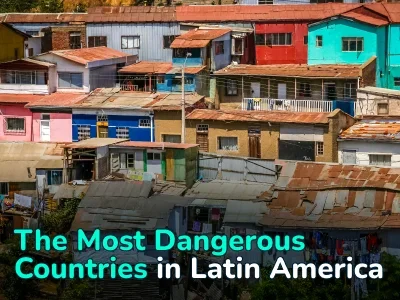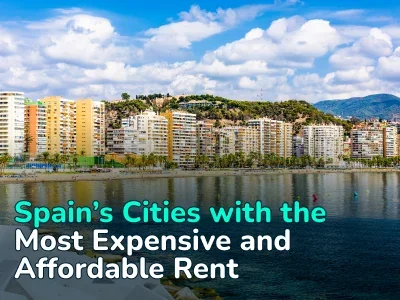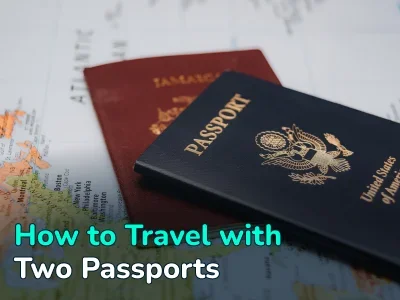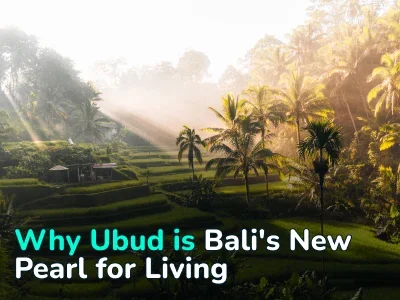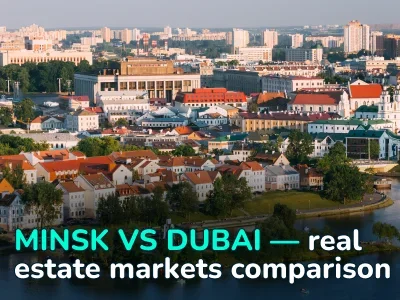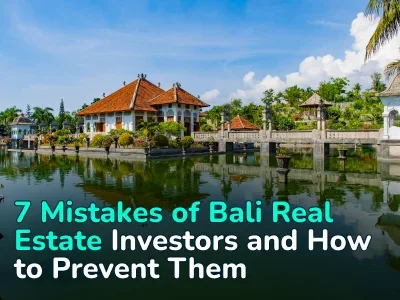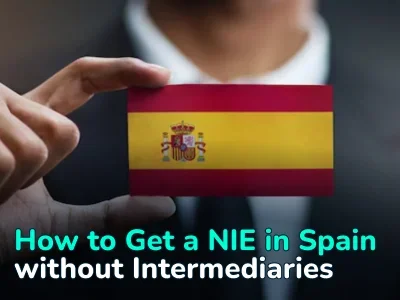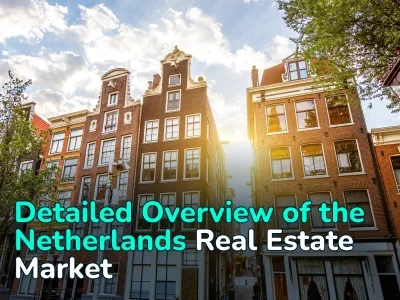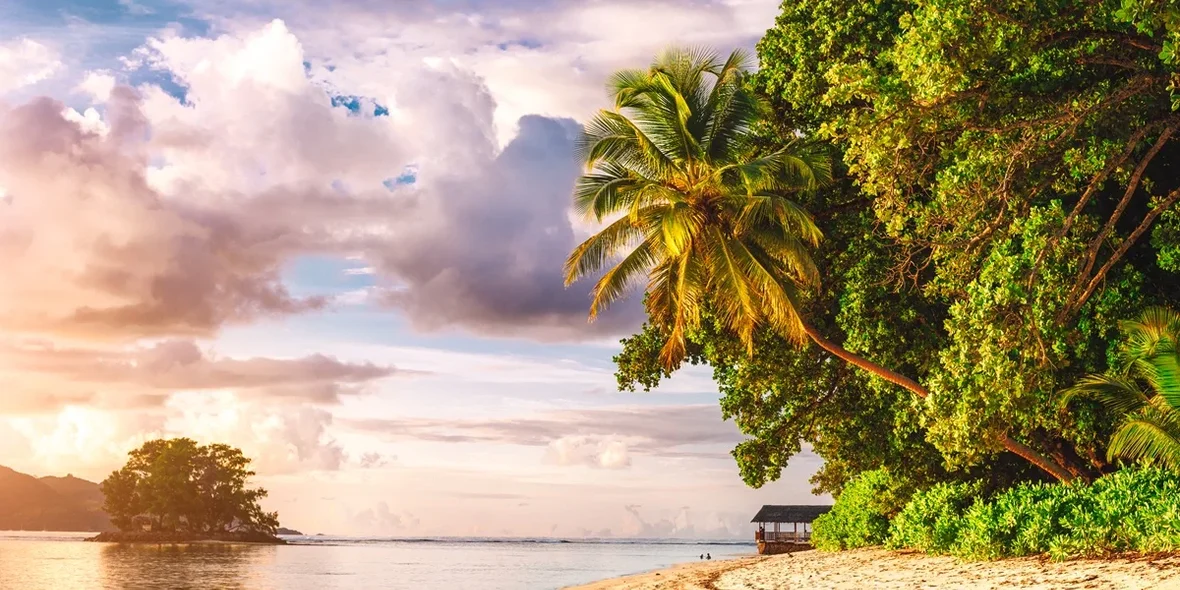
How Much does it Cost to Buy an Island? Review of Prices and Options
Owning a private island often captures the imagination of those who want to escape daily routines and the noise of big cities, especially if their finances allow it. At first glance, buying an uninhabited island may seem no more complicated than purchasing a house: choose one, pay, and you become the owner of a piece of land surrounded by water. Prices start at around $25,000, but behind the dream lie practical challenges: where to get fresh water, how to supply electricity, and how to deliver food. This article explores how much islands cost, what options are available, and what a new owner should expect.
Islands for Sale
Private islands can be found for sale in various parts of the world, not just in Oceania, which alone has over 5,000 islands. However, not all of them are located in warm regions, in fact, many uninhabited islands lie far from the mainland, even beyond the Arctic Circle. For this list, we’ve selected some of the most notable islands currently on the market.
Little Ross Island, Scotland
Located in a Scottish archipelago, Little Ross Island spans just 26 acres, covered mostly with rocky terrain and sparse shrubbery. The climate is far from mild, but the island has wind turbines and solar panels, which provide electricity. It’s accessible only by boat. Price: $480,000.
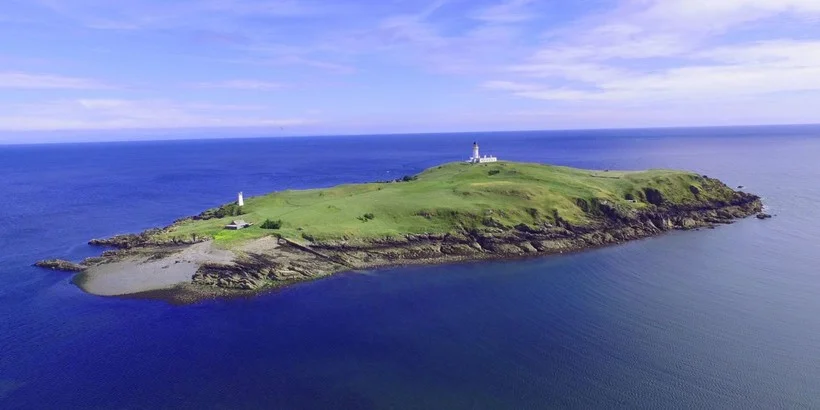
Source: travelask.ru
Malapascua Island, Philippines
Malapascua is a tropical volcanic island in the Pacific Ocean. Its coastline is a continuous beach, while a tall rock formation dominates the interior. At the base lies a dense tropical forest. There is no fresh water, no electricity, and no infrastructure of any kind. Access is only possible from nearby Philippine islands. Price: $23,000,000.

Source: privateislandsonline.com
Koh Rang Yai, Thailand
East of Phuket lies Koh Rang Yai, an island in the Andaman Sea. It covers 44 hectares of white sand beaches, palm groves, and includes a freshwater spring. Unusually for a private island, it has electricity and mobile coverage. The land is fully ready for luxury villa or resort construction, though the price of $160,000,000 discourages most buyers.
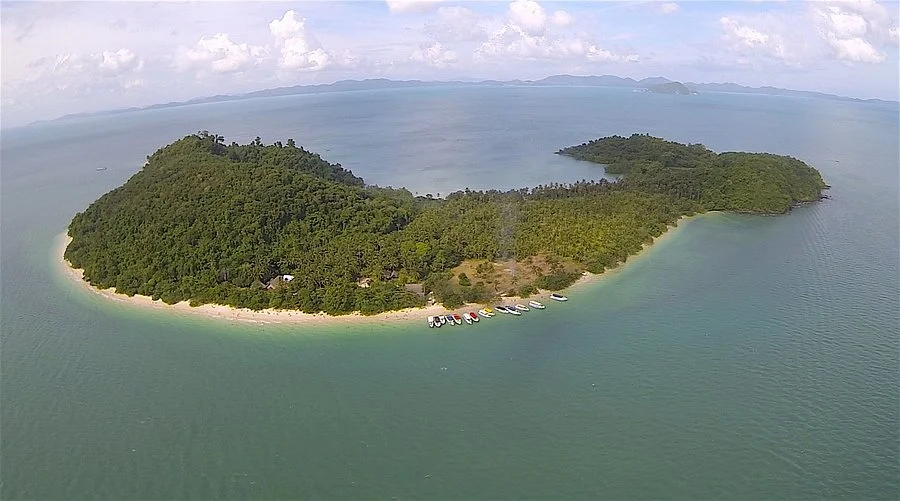
Source: tripadvisor.ru
Hõralaid Island, Estonia
Hõralaid is an uninhabited island in the Baltic Sea, covered with pine-birch forest and juniper thickets. Its 20 hectares host only an old freshwater well and some dilapidated buildings. The surrounding sea is cold and rocky. Construction is permitted, but transporting materials would be costly due to its remoteness. Price: $1,000,000.
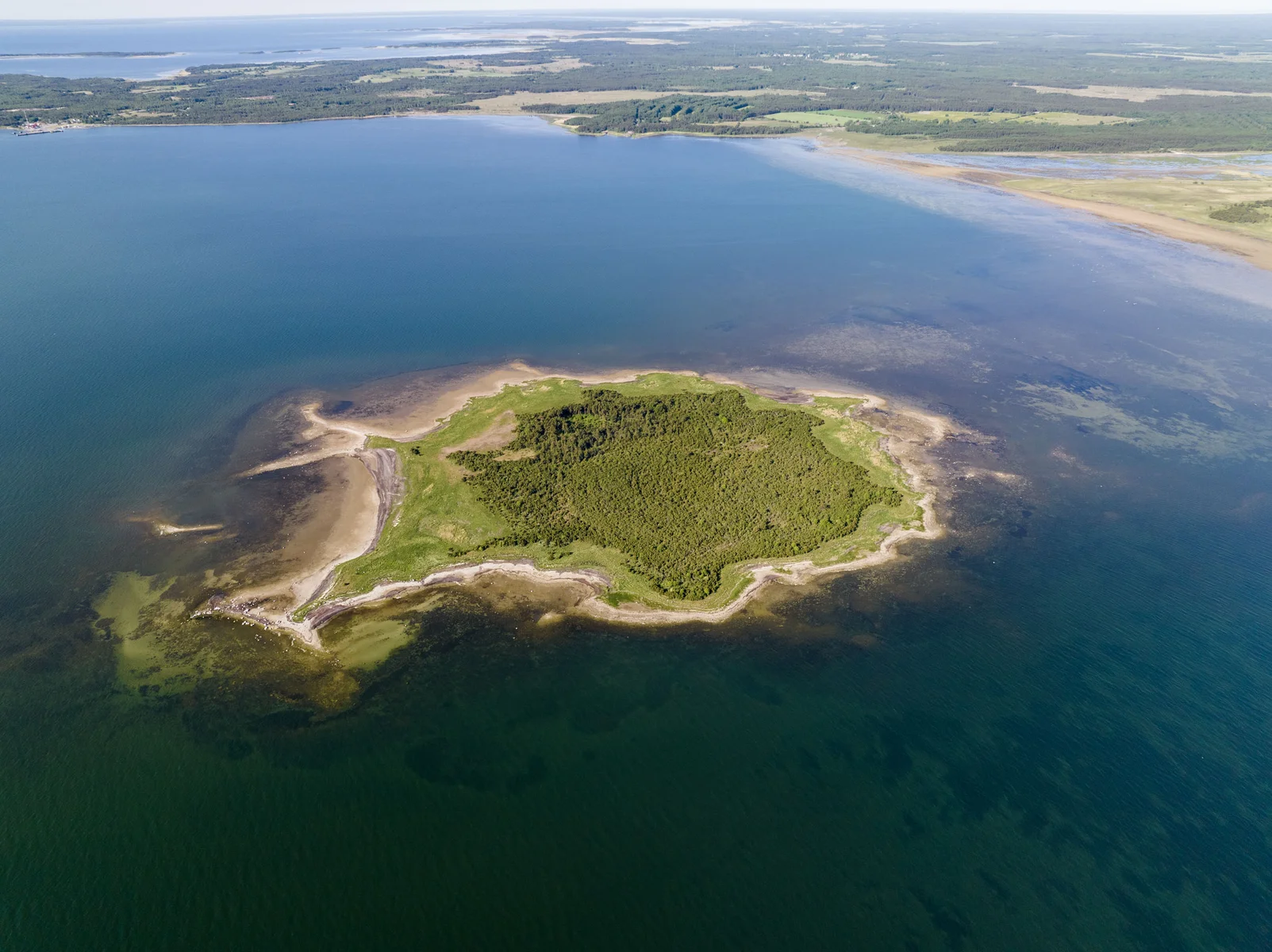
Source: 360degrees.ee
Island near Huahine, French Polynesia
Just 10 minutes by boat from the Bay of Fay lies a 16.6-hectare island, a textbook tropical paradise with white sands, a turquoise lagoon, and lush vegetation. The island is within a protected tourist area and lacks fresh water and electricity. Price: $5,000,000—$10,000,000.
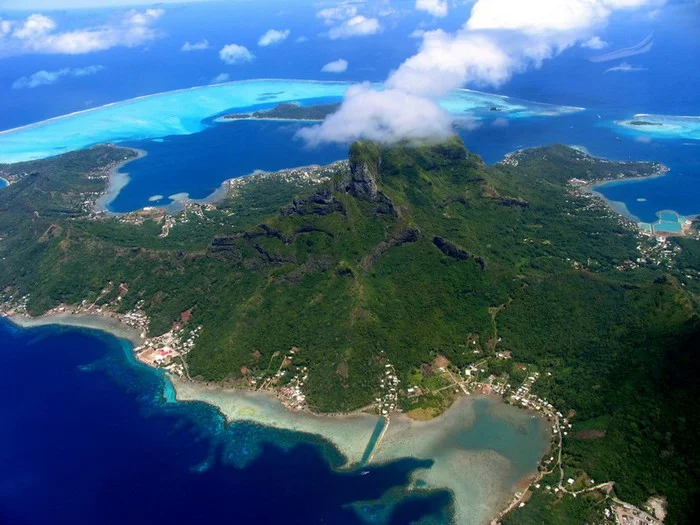
Source: kayrosblog.ru
Omfori Island, Greece
Omfori, in the Ionian Sea, is one of Greece’s most scenic private islands, covering 450 hectares. Surrounded by turquoise waters and sandy beaches, it offers 20% buildable area due to environmental regulations. The island is uninhabited, with no water or electricity. All construction must be approved by the authorities. Accessible from mainland Greece or nearby islands. Price: approx. $19,350,000.
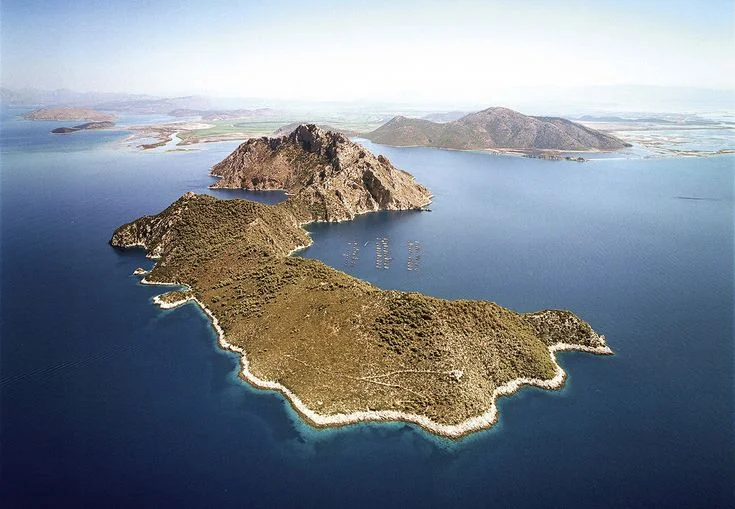
Source: pinterest.com
Isla la Porcada, Panamá
Isla la Porcada lies off Panama’s Pacific coast and spans 404 hectares. Technically separated from the mainland by a strait, its terrain resembles that of the mainland: tropical forest, wide beaches, and proximity to urban centers. Supplies and building materials must be brought by boat, and the lack of water and power means additional investment is required. Price: approx. $10,000,000
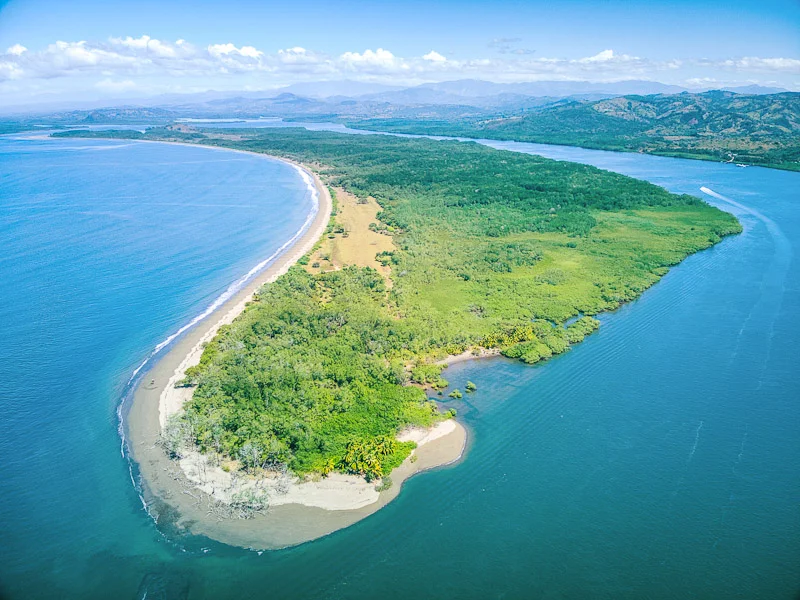
Source: vladi-private-islands.de
Breaking Down Island Prices
The cost of a private island can be lower than an apartment in a major city or reach hundreds of millions of dollars. This wide price range is shaped by several key factors:
- Location. Islands in popular tourist regions command higher prices due to strong demand. In contrast, islands located in colder, remote areas tend to be significantly cheaper because of their harsh climate and distance from major infrastructure.
- Infrastructure. An island without fresh water, electricity, a dock, or a landing strip is just a patch of land in the sea. To make it even marginally livable, owners often need to invest an additional $7–23 million, including costs for desalination systems, underwater power cables, and basic facilities.
- Legal and regulatory restrictions. Each country enforces its own laws regarding island ownership. In some jurisdictions, permanent construction is restricted or outright banned to protect the environment. These limitations reduce the asking price but also restrict what the owner can do with the land.
- Natural features. Larger islands tend to be more expensive due to their potential for large-scale development. Features such as beaches, forests, or fishing zones add significant value. When large corporations show interest in such islands, the price can rise several times over.
- Logistics. Access is a major consideration. An island that’s just a 10-minute boat ride away is far more practical than one located 50 kilometers offshore. The farther the distance, the more complicated and expensive it becomes to deliver food, materials, and people. Ironically, while remoteness drives down the purchase price, it dramatically increases operational costs.
Who Buys Islands and Why
Island purchases are rarely publicized, as buyers often seek privacy and solitude, the very reasons they acquire such places. Still, some high-profile individuals, such as Claudia Schiffer, Johnny Depp, Mel Gibson, and Leonardo DiCaprio, have not hidden their ownership of private islands in the Caribbean and other tropical regions. They have invested millions to make these locations livable, adding infrastructure like electricity, water systems, and housing.
Another group of buyers consists of investors, who view islands as high-potential assets. They purchase islands to develop resorts and eco-clusters with full infrastructure, aiming for returns through tourism-driven rentals and long-term asset appreciation.
There is also a niche group of buyers driven by adventure, people who want to experience life as modern-day pioneers, living in minimalist conditions on their own remote land. However, these cases are rare and do not reflect the primary trends in the market.
Is the Island Dream Realistic?
Buying a private island is an entirely achievable goal, though one filled with complexities. In terms of the transaction itself, it’s no more difficult than purchasing a vacation home or apartment. However, the lack of infrastructure and the challenges of logistics can quickly turn a dream into a demanding project.
Still, specialized platforms like Private Islands Inc. offer a wide range of listings, from barren rocky plots for $25,000 to the tropical paradise of Rang Yai priced at $160 million. Another route is to work through real estate agents familiar with island deals; they can verify legal documentation and navigate local regulations.
For those looking for a more affordable taste of island life, renting artificial islands in the Persian Gulf offers an alternative. In Dubai, for instance, the “World” archipelago and Palm Islands offer rentals starting from 60,000 dirhams per year (around $16,000), with no need to manage utilities or red tape. This kind of experience can help you decide whether owning an island is truly right for you.
Author
I write informative articles about real estate, investments, job opportunities, taxes, etc.









